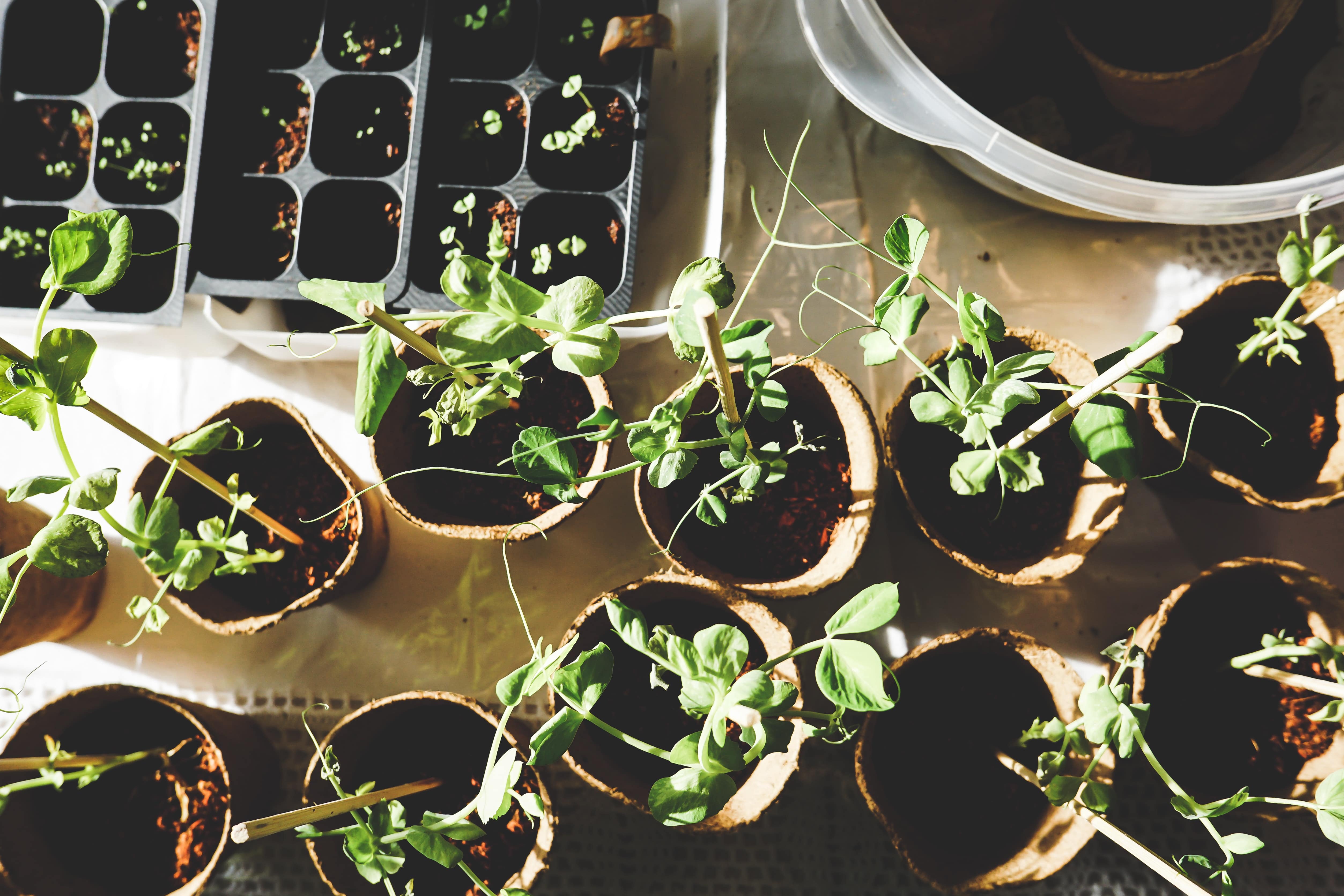
One way to control weeds in your garden is by using tarps. Tarps can be laid down in your garden and then filled with topsoil, which will help to suffocate the weeds beneath it. You can also use tarps to protect plants from frost or a challenging rainstorm. When using tarps for these purposes, you'll want to ensure that the durum is pulled tight, taut, and ready to work. If it's not taut, your tarps won't do what they're supposed to do.
Here are five ways you can choose tarps for your particular need.
1. Weed Control
Tarps can help suffocate the weeds by placing them on top of them and then filling the tarp with topsoil, which will also act as a barrier against weed seeds from below. Tarps can also protect plants from frost or a challenging rainstorm. You can also use plastic sheeting and mulch if you want. Plastic sheeting is also very helpful in vegetable growing as well. Just remember that you want to make sure that it's pulled tight and touching the ground so that it won't blow away or collect too much moisture under it.
2. Line Rock Gardens
Line rock gardens with landscape fabric to keep weeds out. Using a weed cloth-like plastic or landscape fabric can save you lots of time because it will prevent weeds from growing up between the cracks and underneath the rocks, keeping your garden free of weeds while still allowing good drainage. One of the easiest ways to line your garden is by using plastic sheeting material. The sheeting will then be set on top of a layer of rocks and filled with enough soil to make the pliable material look like a solid turfed surface. The only thing you'll need to do is that you'll need to make sure that it is set tight and taut while it also has enough soil so that it won't go soggy.
3. Protect Equipment and Outdoor Structures
You can protect your outdoor equipment (furniture, recreational stuff) from the elements. For example, you can cover your patio furniture or other outside things like a table or chairs with a tarp. It's also helpful to protect outdoor power equipment, like lawnmowers and leaf blowers, which are used frequently but may be exposed to the elements. Tarps can also protect outdoor structures like decks, balconies, and patios from damage. They can also be used to protect plants from winter weather. If you're using a tarp for this purpose, ensure it's placed correctly so it doesn't leak onto any places you don't want it to. There are many different tarps for sale that come in many sizes, so finding one that fits will not be an issue.
4. Yard Cleanup and Maintenance
It's beneficial to spread and pick up all the overgrown weeds regularly to keep the garden tidy and maintainable. You can apply right after putting flowers into your garden or planting vegetables or fruits like tomatoes, peppers, squash, or cucumbers. Spread the tarps around in your yard and then fill it with topsoil, mulch, straw, or hay. Then, spread the mulch in your yard while tamping it down. Tarps can also be used to spot-clean your lawn and to clean up pet and human messes, which makes it easier for you to keep your yard and patio looking good. However, if you're going to use a tarp for this purpose, ensure that it is secured tightly so that pets and children cannot get underneath them in your yard or garden. You can choose a tarp that is stiff enough so it will grab on its own or one that is made of a soft material.
5. Protect Your Plants
Tarps are also very useful in protecting your plants when winter weather is coming. To protect your plants from frost, you can use a tarp to put over them while they're being watered. Sometimes it's hard to see if you're using a tarp that is sewn through or where the edges are rolled up. If using weed control herbicide to kill invading weeds, do not place tarps over the sprayed area.
Tarps offer many other uses around the garden. They're good for keeping weeds out of your garden and can also be used to keep plants free from winter weather damage. This is a good product that can help you in your garden as well as in your home. It's also much easier to use tarps than bags when you want to move soil or mulch through your yard or into your beds.
You may also like
Top 10 Gardening Tips for Beginners
8 Tips and Tricks for a Green Garden
4 Tips For Perfect Landscaping
Why Using Native Plants Will Benefit Your Landscaping
